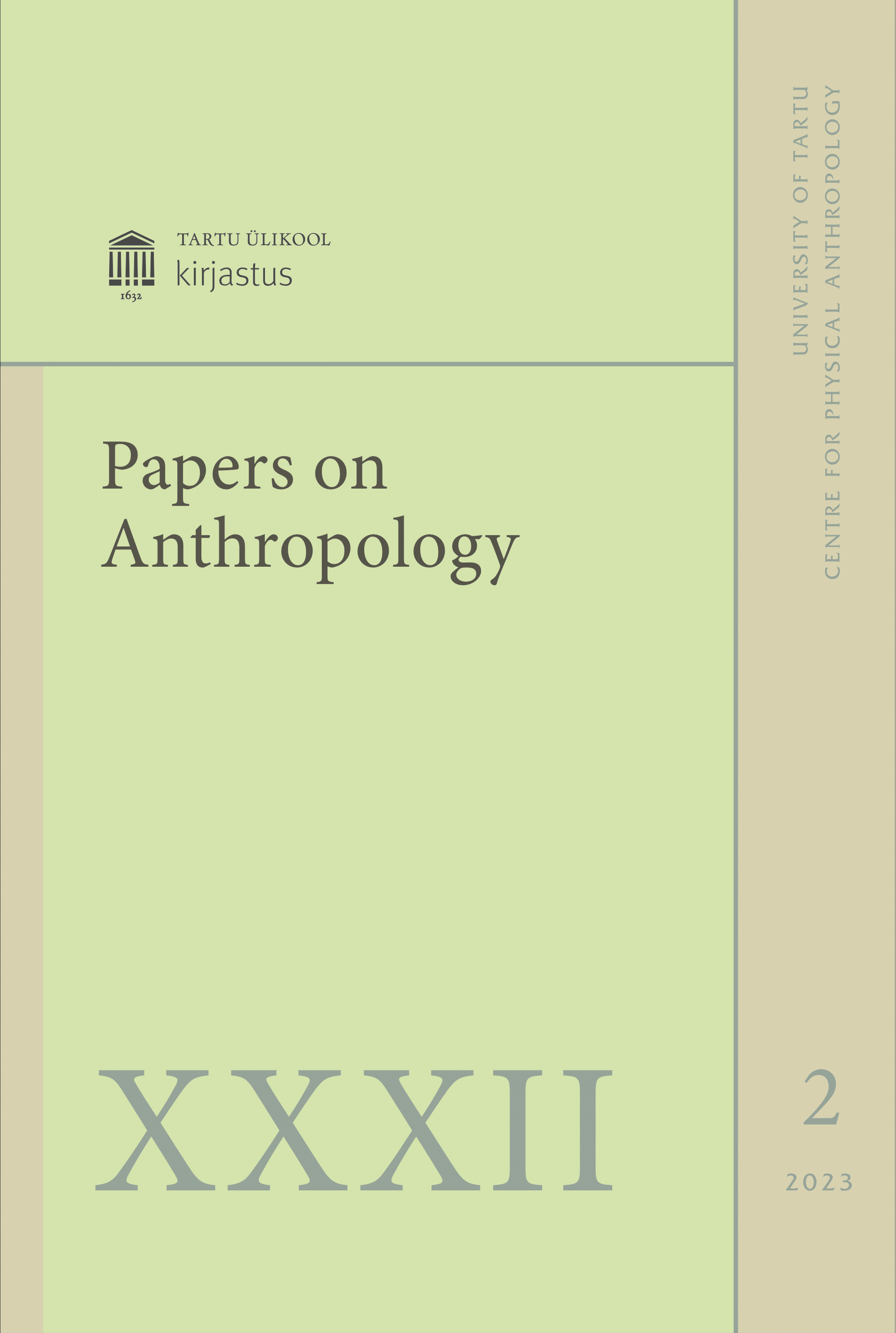Analysis of serves of the Estonian national volleyball team in the final tournament of the European Championship 2021 and comparison with the final tournament of the European Championship 2019
DOI:
https://doi.org/10.12697/poa.2023.32.2.03Keywords:
volleyball, serve, reception zonesAbstract
The aim of this study was to compare the tactics and proficiency of the Estonian men team’s games in the finals of the European Championships in 2019 and 2021. A total of ten games were analysed (five games of the 2019 tournament and five games of the 2021 tournament). The data were collected by video analysis and were entered into the Excel program where further analysis was performed. Additional statistical data processing was performed using the chi-squared test. A difference was revealed between the tournaments in using serve types. While in the in the tournament of 2021, more jump power serves were used compared to the tournament of 2019, in 2019 more jump float serves were used compared to the tournament of 2021. In terms of jump power serves, the team was more proficient in the tournament of 2021 and in jump float serves in the tournament of 2019. Although the use of rapidly falling power serves was the lowest in both tournaments, the results of the study showed that the use of rapidly falling power serves proved successful in both tournaments in terms of aces.
In the tournament of 2019, the highest number of serves were delivered from zone 9 and in the tournament of 2021 from zone 6. In 2021, the use of different zones was more varied than in 2019 when most serves were played from zone 9. In the 2021 tournament, the percentage of both jump power serves and jump float serves towards the middle zones was higher than in the tournament of 2019. The percentage of positive jump float serves delivered towards both middle and back zones was higher in the tournament of 2019 than in the tournament of 2021. The jump power serves performed in 2021 were more proficient than in the tournament of 2019. The percentage of points gained after positive serves was higher in the tournament of 2021 than in the tournament of 2019. In both tournaments, most serves were directed towards the players. Although the percentage of serves directed between the players and towards the outlines was low in both years, the study found that the serves directed to these parts of the court were more difficult for the opponents to receive than the serves directed towards the players.

